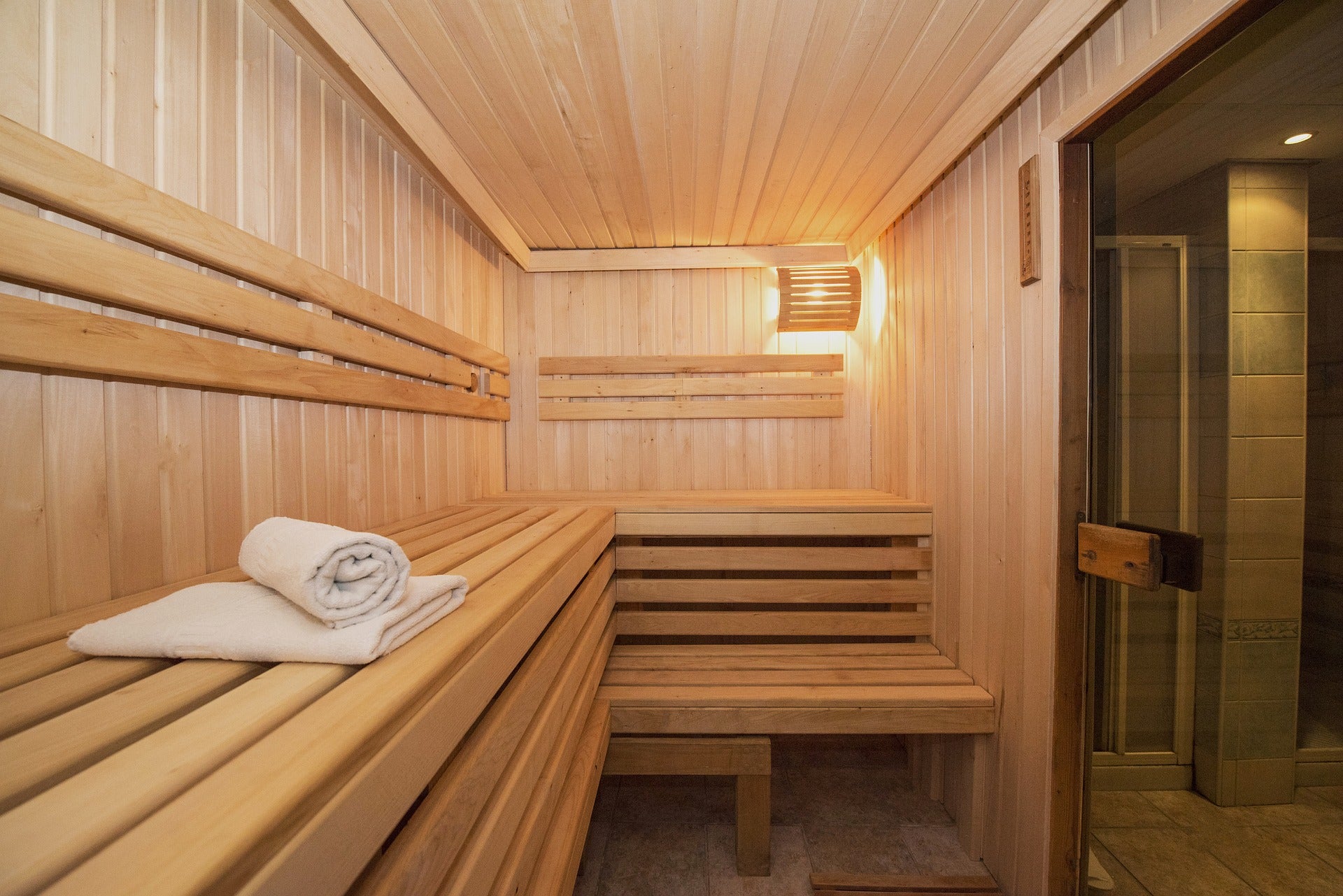All About Traditional Sauna
All About Traditional Sauna
Blog Article
All about Traditional Sauna
Table of ContentsExcitement About Traditional SaunaThe Best Guide To Traditional SaunaTraditional Sauna Things To Know Before You BuyTraditional Sauna Fundamentals Explained
A lot of the weight lost in a sauna is water loss and is re-gained upon rehydrating. Without a question sauna can be an important component of a healthy weight loss program. To consider the distinctions between traditional and IR saunas, I will certainly divide these into proven, theoretical, and made distinctions.Hence, the best factor in the saunawhich is at the ceiling straight above the sauna heateris normally between 185 and 190 F. Traditional Sauna. Claims that a standard sauna surpasses 200 F is just not true and not appropriate for electric saunas offered in the US. The temperature for a far-infrared sauna is usually set in between 120 and 140 F; however, unlike the typical sauna, the objective in and IR area is not to achieve a heat
As a result of this, the temperature difference is practically irrelevant, because profuse sweating causes both sauna types, but the approach of heating up the body is various. In an IR sauna the bather will certainly really feel warm and will sweat a lot, however at a lot lower temperatures. Hence, if the goal is to invest longer amount of times in the sauna, the IR sauna is a great option.

Some Known Factual Statements About Traditional Sauna
When the heat is achieved, the elements cycle on and off to maintain the high temperature. Many traditional sauna users take pleasure in pouring water over the rocks to produce heavy steam to increase sauna humidity levels. The advantages of putting water over the rocks include: making the space much more comfy, moistening the nasal passages, and permitting the use of aromatherapy by mixing necessary oils with the water.
In a far-infrared sauna, the warm waves penetrate the body to efficiently heat up the body and increase the body core temperature level. To accomplish this boosted temperature, Far-infrared emitters create infrared energy which is close to the same wavelength as that which the body normally emitsoften described as the "Essential Variety" of 7 to 14 microns), so the power is well obtained by the body.
When the energy gets in the body, it causes the body temperature level to boost and inevitably causes perspiration. In an infrared sauna it's vital for the emitters/heaters to stay on virtually continuously. Because there is right here no mass of rocks to retain warm, the sauna will cool down if the emitters shut down.
As stated over, the sauna bather in an infrared room wants to place himself before running emitters to get optimal gain from the warm. The heating time for the 2 spaces can be very different, relying on exactly how the rooms are used. For a conventional sauna, a bather must enable 30-40 minutes for the space to achieve a wanted temperature level and to effectively pre-heat the rocks.
The 5-Minute Rule for Traditional Sauna
A well constructed sauna will Get More Info normally attain a temperature level of 150-160 F in concerning 30-40 mins. For hotter temperatures, the area may require to warmth for a longer duration.
To some, 15 mins was "squandered" while the infrared energy heated up the timber panels as opposed to heating a body, while others find a pre-heated room to be much more comfortable and believe an elevated beginning temperature is required to start perspiring. The length of suggested use for every space is approximately the exact same (10-15 mins per session); nonetheless, as a result of the lower air temperature levels and the ability to feel the impacts of infrared warm faster than a standard sauna, it is not uncommon for an individual to invest a total amount of 20-30 minutes in an infrared sauna.
Typical saunas have a tendency to be bigger (hence use more electricity) than infrared saunas, although typical saunas are absolutely offered in one and two individual sizes too. For a two-person conventional sauna, 5x6 or 5x7 dimension is most preferred. The leading bench can easily seat 2 or 3 people and is likewise long sufficient to lie down during the sauna session.


The typical cost per kWH of power in the U.S. is about $0.11, so a 4.5 kW heating unit will certainly cost approximately $.50 to compete one hour, if the heater runs constantly for one hour. Commonly a sauna heating unit will compete 75% of the initial hour and 50% of succeeding hours on since the components cycle once the established temperature is accomplished.
Some Of Traditional Sauna
A 2 person far-infrared room is typically physically smaller than a traditional sauna, usually concerning 4' x 4' or smaller sized. The IR heating system is usually 1.5-1.7 kW utilizing a 120 volt 15 amp plug-in service. Because the space can be made use of sooner than a sauna room, we will think the space is made use of for to of an hour including warm up time.
Finally, there is a hardly ever talked about difference in the social experience between the two spaces. While our culture has lost some of the social benefit of the conventional sauna experience, it can be extremely socially gratifying. From family time in the sauna, to heart-felt conversations with loved ones, to sauna partiesthe conventional sauna experience can result in intimate socializing.
Most review higher end infrared spaces include colored light treatment, audio systems and full-glass fronts.
Report this page